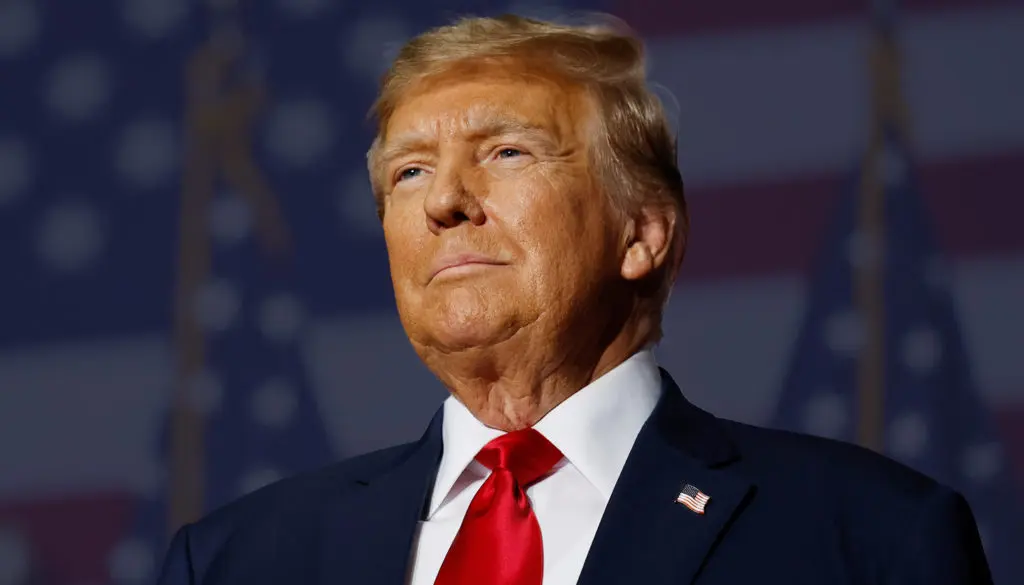President Donald Trump dramatically escalated his trade offensive Thursday, announcing a 35% tariff on Canadian imports effective August 1 while threatening blanket 15-20% tariffs for most other trading partners.
The move comes just weeks before Prime Minister Mark Carney’s deadline to negotiate a new bilateral trade agreement, with Trump explicitly linking tariff relief to Canadian cooperation on fentanyl controls and reduced trade barriers for U.S. dairy farmers.
Canada Vows Retaliation as Markets React
Carney immediately pledged to defend Canadian interests, responding on X that Ottawa had made “vital progress” on fentanyl controls while emphasizing $349 billion in annual U.S. export purchases. Market futures dipped across Asia and Europe as investors braced for Trump’s pending EU tariff decision, recalling 2018’s destabilizing U.S.-China trade war. The Commonwealth Bank of Australia’s Joseph Capurso warned similar EU tariffs could “destabilize” global markets.

While the 35% rate supersedes existing 25% tariffs, USMCA-covered goods will maintain exemptions alongside unchanged 10% duties on Canadian energy and fertilizer. The targeted approach reflects Trump’s complaint letter citing Canada’s “non-tariff trade barriers” and disputed fentanyl flows – claims Canadian officials counter with strengthened border measures. The decision particularly threatens Canada’s $412 billion in annual U.S. exports spanning autos, lumber and consumer goods.
How This Affects Countries Globally
The Canada salvo follows new tariffs on Japanese, South Korean and Myanmar exports, with Trump telling NBC News remaining partners face automatic 15-20% rates. Philippine President Ferdinand Marcos Jr. will address his nation’s 20% tariff during upcoming Washington talks, while Myanmar’s junta seeks reduction from 40% to 10-20%. EU officials await Friday’s decision with particular anxiety given the bloc’s $1.3 trillion trade relationship with America.
Trump’s letter conspicuously omitted mention of Carney’s July 21 trade deal deadline, instead conditioning adjustments on improved “relationship” terms. The tension echoes June’s collapsed talks when Canada scrapped its digital services tax targeting U.S. tech giants after Trump denounced it as a “blatant attack.” Analysts suggest the 35% threat aims to pressure Carney before his Liberal Party’s fall legislative agenda.
Why It Matters
With Canada accounting for 15% of total U.S. trade, the August 1 deadline leaves Carney balancing retaliatory options against preserving manufacturing supply chains. The prime minister’s response may set precedent for how allies counter Trump’s second-term trade doctrine – whether through WTO challenges, targeted sanctions, or accelerated diversification to Asian and EU markets.
















